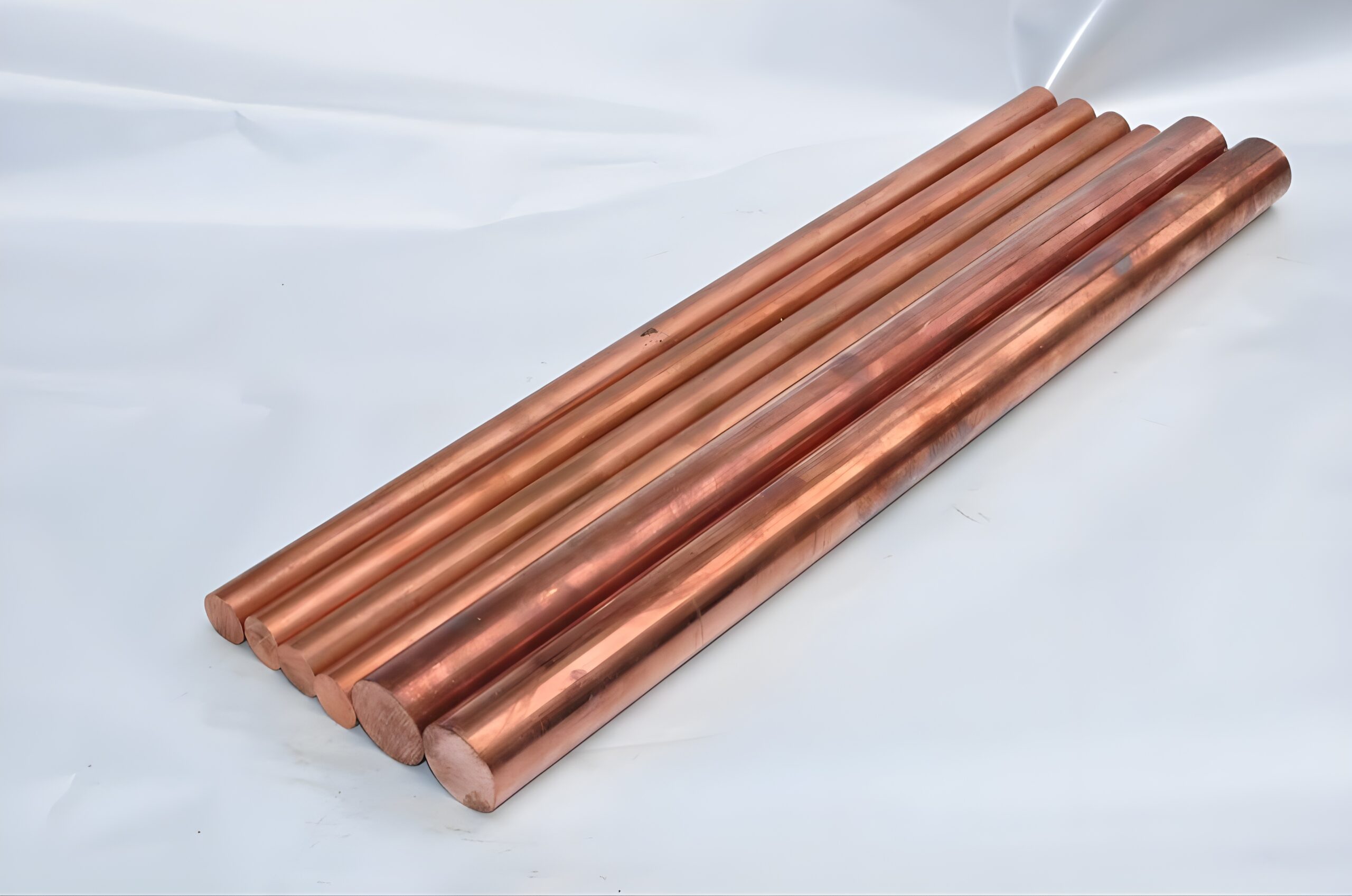EC / ETP Copper
- Home
- >
- Copper
- >
- EC / ETP Copper

EC / ETP Copper
EC (Electrolytic Copper) and ETP (Electrolytic Tough Pitch Copper) are high-purity copper types known for their excellent electrical and thermal conductivity, as well as good corrosion resistance. They are widely used in electrical and electronic applications.
Composition:
- Copper (Cu): 99.90% minimum
- Oxygen (O): 0.02-0.04%
Grades
ASTM B 68 C 12200:
- ASTM B68: Standard Specification for Seamless Copper Tube, Bright Annealed.
- C12200: Designation for ETP Copper in this standard.
ASTM B 75 DLP C 12000:
- ASTM B75: Standard Specification for Seamless Copper Tube.
- C12000: Designation for Deoxidized Low Phosphorus Copper (often similar in applications).
BS 2871 Part 2 C 101:
- British Standard for copper tubes.
- C 101: Designation for ETP Copper in this standard.
BS 2871 Part 3 C 106:
- British Standard for copper tubes used in general engineering applications.
- C 106: Designation for ETP Copper in this standard.
EN 12451 DHP - CW 004A:
- European standard for copper and copper alloys – Seamless, round tubes for heat exchangers.
- CW 004A: European designation for ETP Copper.
JIS H 3300 C 1220:
- Japanese Industrial Standard for copper and copper alloy seamless tubes.
- C 1220: Japanese designation for ETP Copper.
Properties:
- Corrosion Resistance:
- Good resistance to corrosion in a variety of environments, including atmospheric, freshwater, and some acidic conditions.
- Susceptible to hydrogen embrittlement in reducing environments.
- Mechanical Properties:
- Tensile Strength: Typically around 220-300 MPa.
- Yield Strength: Approximately 70-100 MPa.
- Elongation: Generally around 30-40%, providing good ductility.
- Hardness: Moderate hardness, with a typical Brinell hardness number (HB) of around 45-80.
- Thermal and Electrical Conductivity:
- Extremely high electrical conductivity, around 100% IACS (International Annealed Copper Standard).
- Excellent thermal conductivity, making it ideal for heat dissipation applications.
Applications:
Electrical Industry:
Extensively used in electrical wiring, cables, and busbars due to its high electrical conductivity.
Employed in motor windings, transformers, and connectors.Electronics: Used in printed circuit boards (PCBs) and other electronic components where high conductivity is essential.
Plumbing and Heating: Utilized in plumbing systems and heat exchangers due to its corrosion resistance and thermal conductivity.
Industrial Applications: Employed in various industrial equipment and components requiring high conductivity and corrosion resistance.
